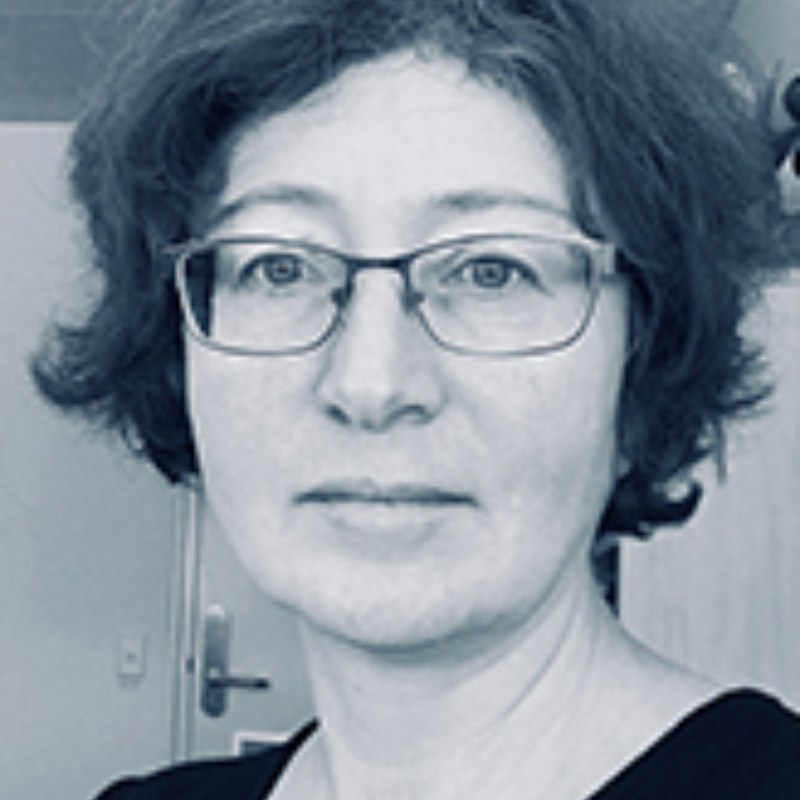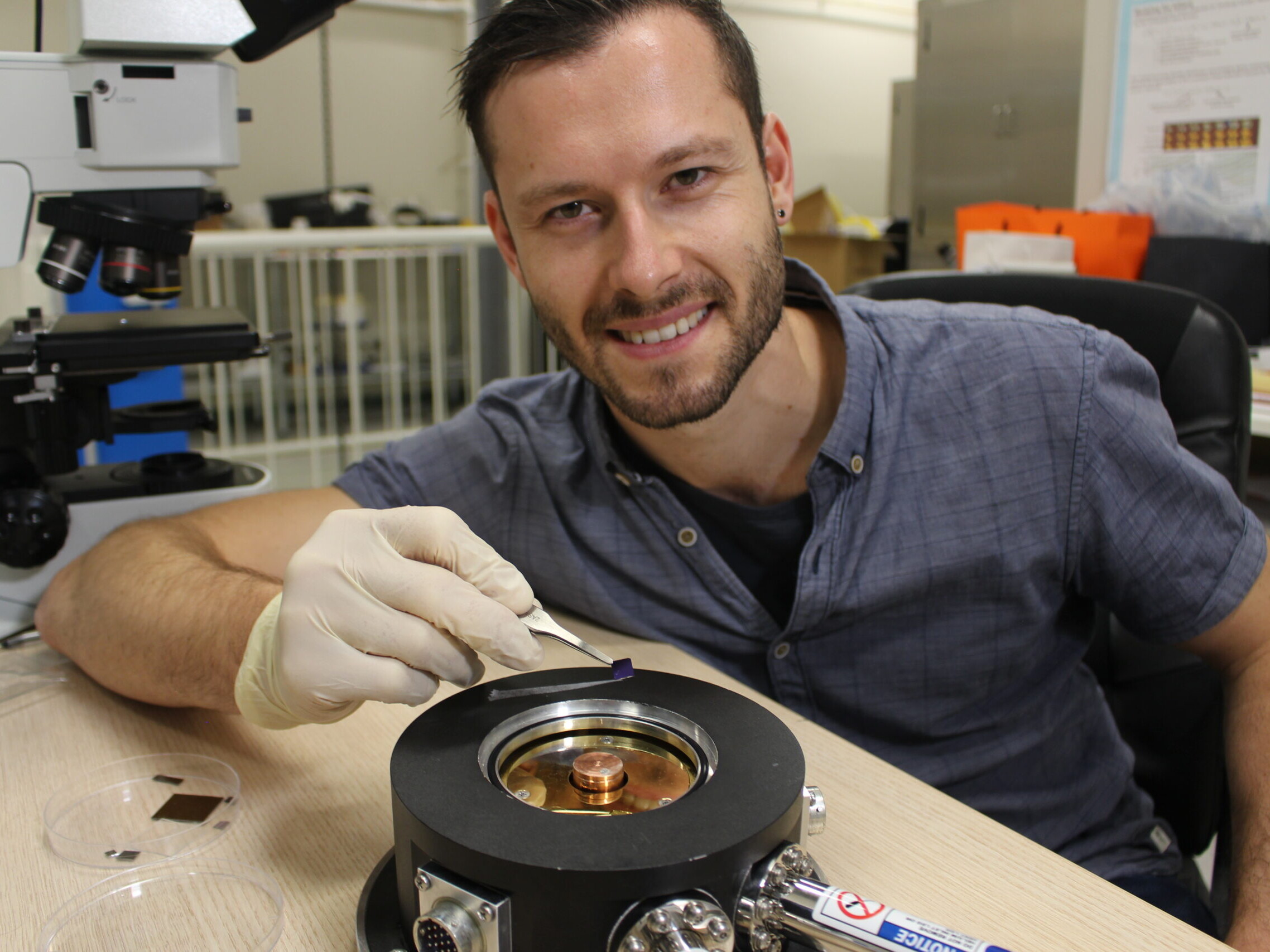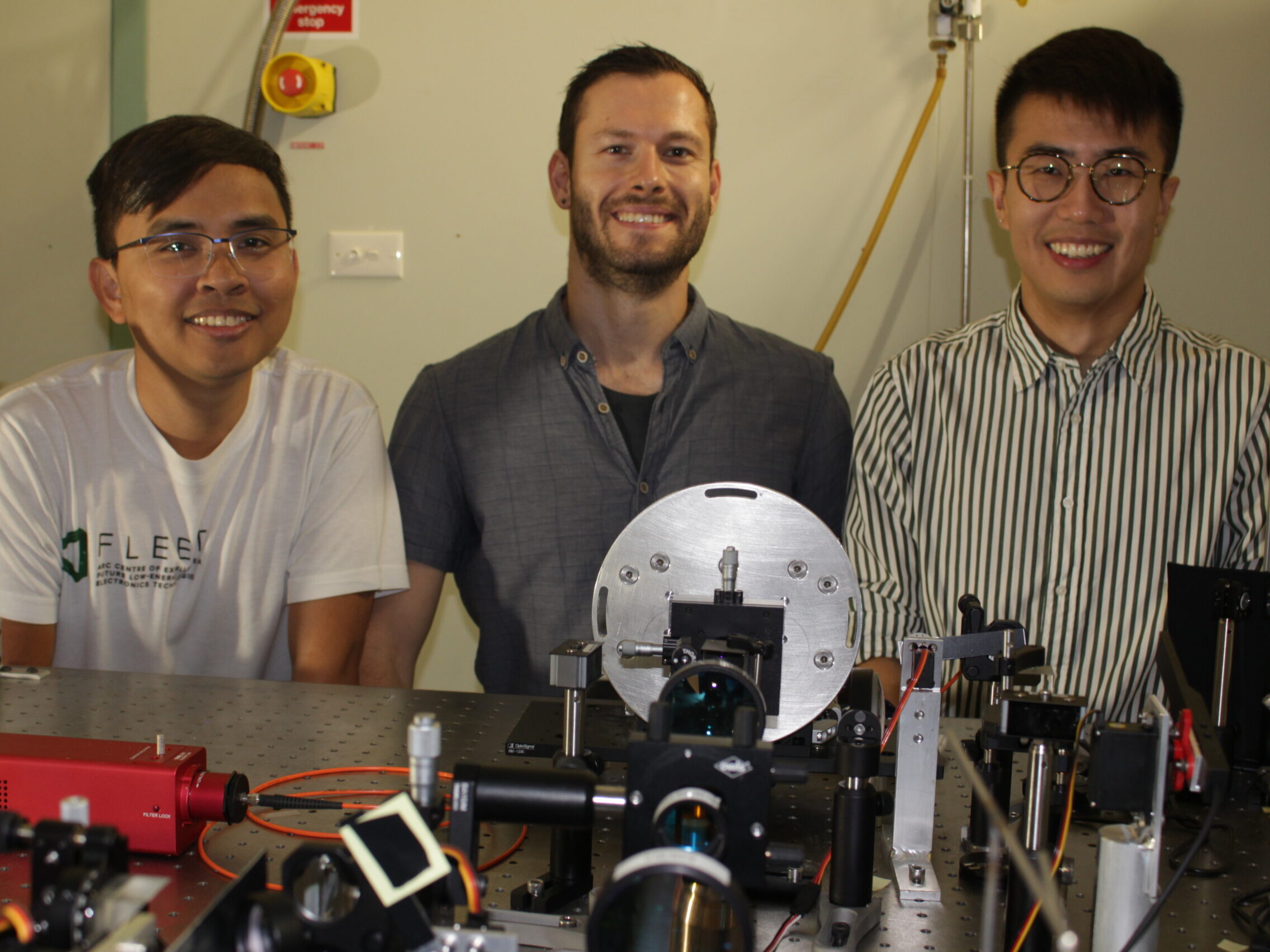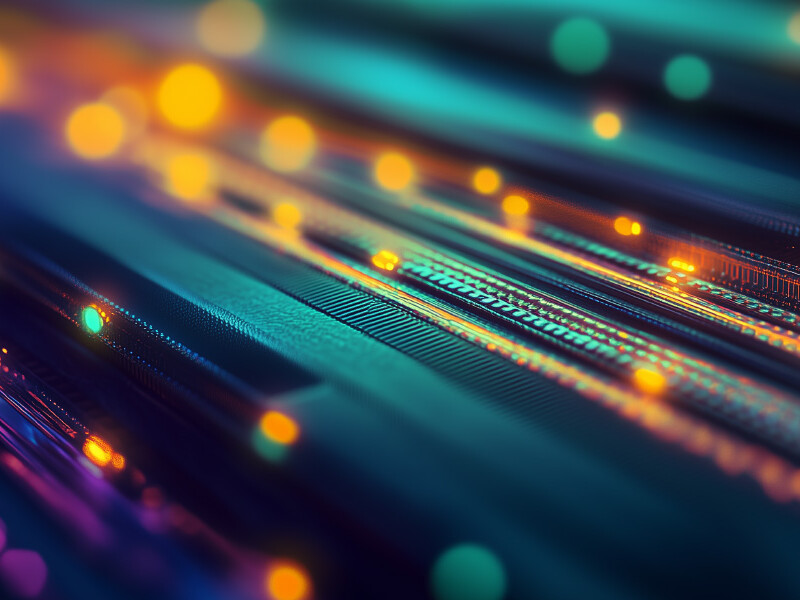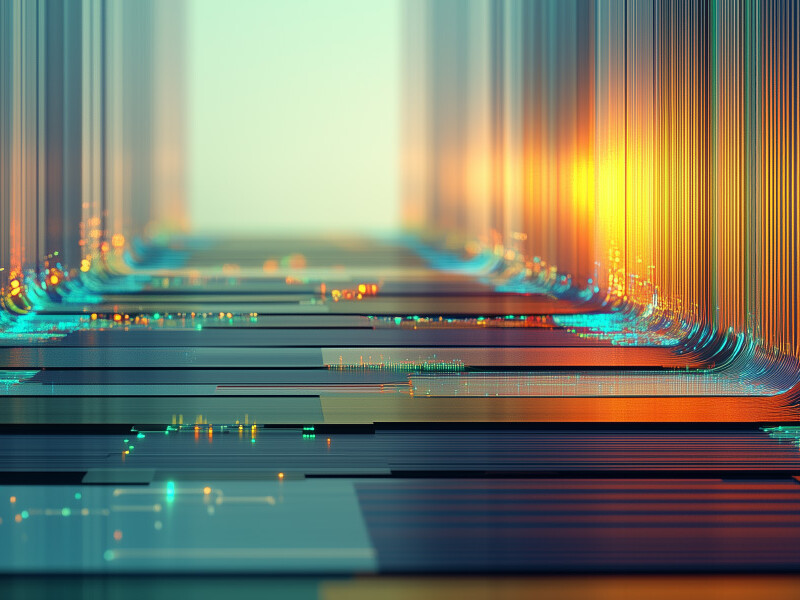FLEET’s second research theme uses a quantum state known as a superfluid to achieve electrical current flow with minimal wasted dissipation of energy.
In a superfluid, scattering is prohibited by quantum statistics, so electrical current can flow without resistance.
A superfluid is a quantum state in which all particles flow with the same momentum, and no energy is lost to other motion. Particles and quasi-particles, including both excitons and exciton-polaritons, can form a superfluid.
Researchers have sought to create superfluid flows using three approaches:
- Exciton-polariton bosonic condensation in atomically-thin materials
- Topologically-protected exciton-polariton flow • Exciton superfluids in twin-layer materials.
If exciton-superfluid devices are to be a viable, low-energy alternative to conventional electronic devices, they must be able to operate at room temperature, without energy-intensive cooling. Thus, FLEET has sought to achieve superfluid flow at room temperature, using atomically-thin semiconductors as the medium for the superfluid.
Case studies
Case Studies
Nothing found.
Stories
Sandwich-style construction: towards ultra-low-energy exciton electronics
A new FLEET-led ‘sandwich-style’ fabrication process placing an atomically-thin semiconductor between two mirrors allows a significant step towards ultralow-energy electronics based on exciton-polaritons.
Hybrid particles surprise with negative mass
A surprise observation of negative mass in exciton-polaritons has added yet another dimension of weirdness to these strange light–matter hybrid particles.
Engineering a novel supersolid state using layered 2D materials
A collaboration of Australian and European physicists predict that layered electronic 2D semiconductors can host a curious quantum phase of matter called the supersolid.
Advancing quantum interaction understanding in 2D semiconductors
An international theoretical study led by Monash University researchers introduced a novel approach known as ‘quantum virial expansion’ – a powerful tool to uncover the complex quantum interactions in 2D semiconductors.
